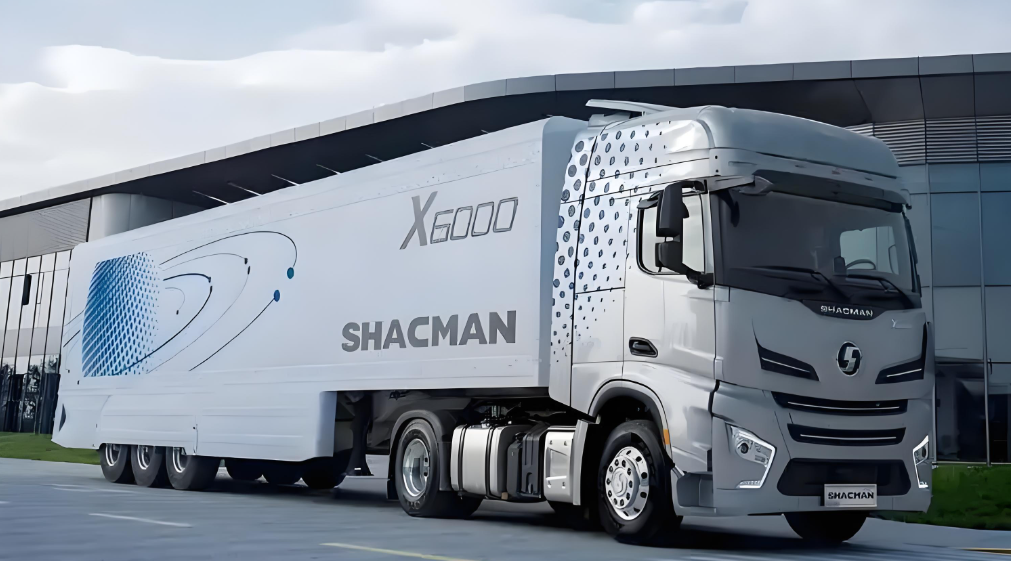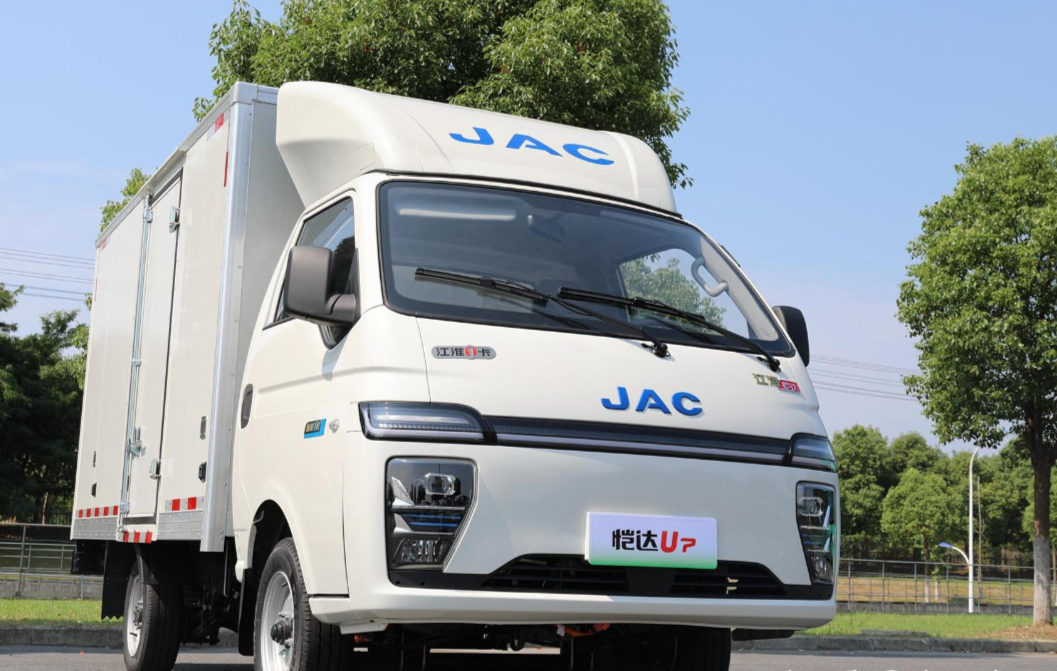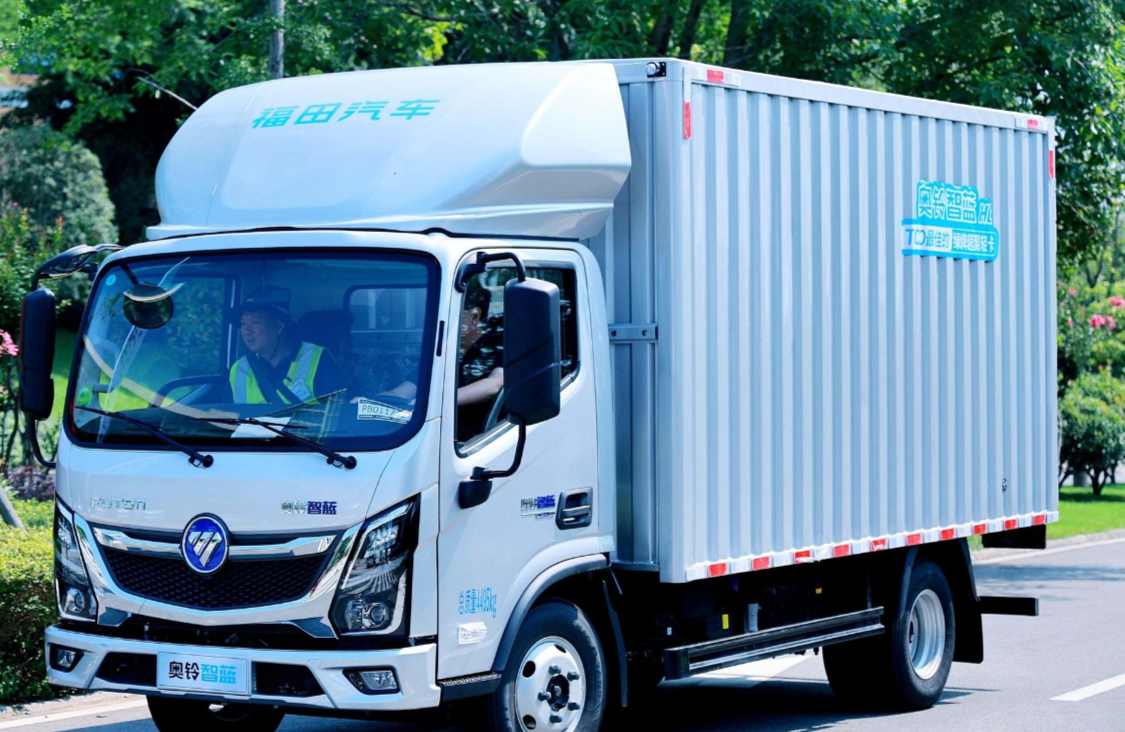The battle among giants and the Rise of China's power
The multi-dimensional competitive landscape of international giants

In the global commercial vehicle sector, Daimler Trucks has remained at the top of the industry with a revenue of 427.5 billion yuan in 2024, demonstrating a strong brand premium and technological accumulation. However, its 12.5% decline in sales reflects the structural challenges faced by the traditional fuel vehicle market - in the wave of electrification transformation, the established giants are experiencing a phased imbalance between scale and profit.

Italian commercial vehicle giant Iveco presents a differentiated development path: Despite a slight decline in revenue, However, its profit increase of 60.1% highlights the effectiveness of refined operation. By optimizing the product line and cost control, this European enterprise has built a unique competitive barrier in the niche market. The Us-Based Paka Group is under double pressure. The simultaneous decline in revenue and profit has exposed its lag in the energy transition,The North American market's reliance on traditional fuel-powered heavy-duty trucks, coupled with rising supply chain costs, has gradually put it on the defensive in global competition. The performance of TRATON GROUP is remarkable. The sales contribution of 102,000 vehicles of its Scania brand has formed a synergy effect with the double growth of the group's overall revenue and profit. This German commercial vehicle group has achieved strategic coverage in both the high-end and mid-range markets through a multi-brand matrix. Volvo Trucks' transformation strategy is highly forward-looking: it holds a 70% share of the European heavy-duty electric truck market and has established a leading position in the new energy vehicle sector
The dual variations in China's commercial vehicle market.

The domestic market presents a complex situation of "scale expansion and profit pressure", Foton Motor retained its position as the domestic champion with sales of 611,600 units, but the 92% plunge in profits revealed the deep-seated predicament of the traditional fuel vehicle business, Against the backdrop of high costs in the transition to new energy and fluctuating raw material prices, the scale dividend is fading. Dongfeng, Changan , Sinotruk, FAW Jiefang and other enterprises are also facing growth bottlenecks. The industry is prominently characterized by a shift from incremental competition to a game of existing stock.
The new energy vehicle sector has become a breakthrough for China's commercial vehicles Highlights: The sales growth rate of 28.9% and the penetration rate of 17.9% indicate that electric trucks are shifting from policy-driven to market-driven, Enterprises like BYD and Yutong have achieved large-scale applications in urban logistics, public transportation and other scenarios through in-depth development in vertical fields, confirming the effectiveness of "scenario-based innovation.
The underlying logic and future vision of industry transformation

The current industry is undergoing a dual transformation of "electrification reconfiguring the industrial value chain and intelligence reshaping the competition rules". Breakthroughs in battery technology have enabled the range of electric heavy-duty trucks to exceed 1,000 kilometers. The popularization of battery swapping has addressed the pain point of energy replenishment. Meanwhile, the maturity of vehicle-road coordination and autonomous driving technologies is redefining logistics efficiency. The joint venture project between Volvo and Daimler is essentially an early layout for the "intelligent transportation ecosystem".
The key for Chinese enterprises to break through lies in building a dual-wheel drive system of "technological innovation + ecological synergy":In the field of electrification, consolidate the core advantages of batteries, motors and electronic control systems. In the field of intelligence, attract software developers and logistics enterprises to participate in the ecological construction through an open cooperation platform. At the same time, it is necessary to be vigilant against the trap of "scale first". The profit crisis of Foton warns the industry that in the transition to new energy, a virtuous cycle of "technology investment - cost control - premium capacity" must be established.
Looking ahead, the commercial vehicle industry will present a stratified competitive pattern of "intelligent competition in the high-end market, electric penetration in the mid-range market, and cost-performance competition in the low-end market". Those enterprises that can maintain acute insight in technological iteration, occupy key nodes in ecosystem construction, and balance risks and returns in global layout will ultimately prevail in this century-long transformation.


发表评论 取消回复